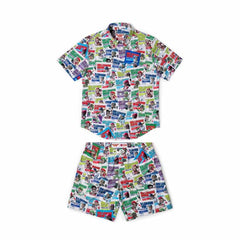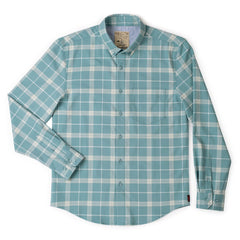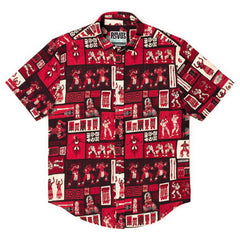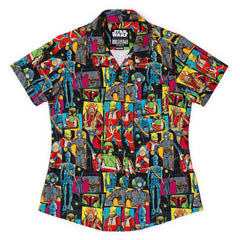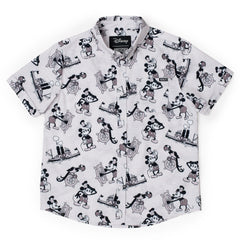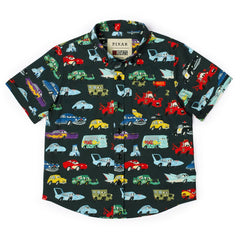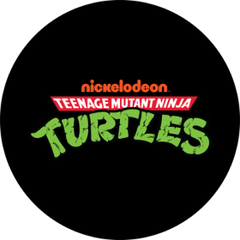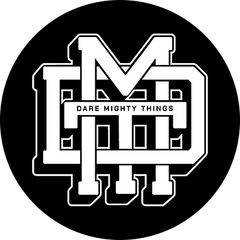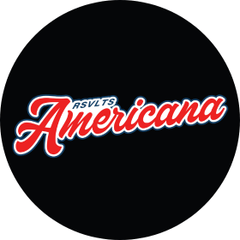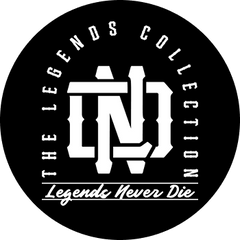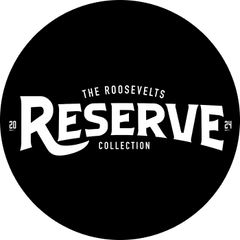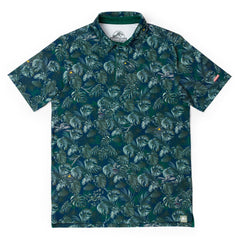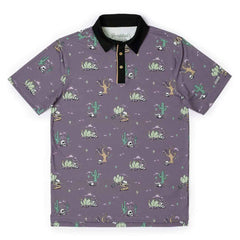What's the saddest part about growing up? Is it the taxes? The slower metabolism? The work responsibilities? The crushing weight of anxiety every Gen X, Y, and Z will inevitably feel starting in their mid-twenties onward? No. It's the fact that as we get older, we stop getting asked, "What is our favorite Dinosaur?"
Here at HQ, in celebration of today's RSVLTS x Jurassic Park launch (lookbook Field Notes post to follow this afternoon, FYI) we have spared no expense to help get you up to date on some of the most extraordinary dinos of all time. Including ones that you probably loved as a kid and a few you never heard of. With the help of our in house paleobotanist, our resident chaotician, and our intern paleontologist, we have combined our efforts to scour Google for about 10 minutes, coming up with some of the best dinos to prepare you to not only have an answer to what your favorite dino is but feel more confident in asking others, too--I guarantee it!
So, without further ado, let's jump in.

1) Tyrannosaurus Rex
- Literally means Tyrant Lizard King.
- The biggest one ever found is named "Scotty" because the researchers drank Scotch Whisky to celebrate its discovery.
- Rexy was also not above enjoying another T-Rex for dinner. Studies show other T-Rex fossils with deep gashes in their bones created by T-Rex teeth. However, it's not clear if the hungry-hungry dinos fought to the death or simply ate the remains of their own kind.

2) Spinosaurus
- Longer and heavier than T-Rex, it's the largest known carnivorous dinosaur.
- They had a mouth similar to a crocodile's, with straight teeth like knives, different from other dinosaurs with curved teeth.
- The first bones ever found by a German paleontologist were all accidentally destroyed by Allied bombs in 1944, during World War II.

3) Therizinosaurus
- A beak-bearing dino, the Therizinosaurus is considered by many to be the much-needed missing link between Cretaceous dinos and modern-day avian birds because it could use its beak to eat seeds buried in the ground when no vegetation was available.
- The Therizinosaurus may (or may not) have been covered in feathers. Depictions of this dino are divided between completely feathered beasts (think Big Bird on steroids) and more traditional reptilian skin.
- This beauty was big. Fossil discoveries in the 1970s helped paleontologists reconstruct this dinosaur as a 33-foot-long, five-ton, bipedal behemoth.

4) Triceratops
- The name translates to Three Horned Face
- Horns were probably used both in courtship and keeping hungry T-Rexes and raptors at bay. Can someone say multi-tasker?
- It's South Dakota's state fossil and Wyoming's official state dinosaur.

5) Carnotaurus
- Only one specimen has been found by paleontologists.
- The horns of the Carnotaurus could have been used in battle, fighting either over a corpse, territory or during mating (Way to one-up the Triceratops)
- Was a villain of a 2000 Disney movie, Dinosaur, Disney's first computer-generated film!
Hopefully, you learned a thing or two about Dinos here and are well on your way to becoming a dino expert! Do you have a favorite dinosaur? Leave its name in the comments along with a fact or two for us to share!
BONUS DINO FACTS
- The T-Rex lived closer to the filming of Jurassic Park movie in 1993 than it did to the Stegosaurus.
- In 1842, the English naturalist Sir Richard Owen coined the term Dinosauria, derived from the Greek deinos, meaning "fearfully great," and sauros, meaning "lizard."
- Pterodactyls often went to the bathroom without alerting any other surrounding creatures because their (P) is silent. Okay, maybe not as much of a fact as a dad joke, but we wanted to keep it in here for good measure.
More reading and info can be found at:
https://www.factsjustforkids.com/dinosaur-facts/carnotaurus-facts-for-kids/https://www.thoughtco.com/the-dinosaur-encyclopedia-1091968
https://iknowdino.com/5-facts-about-spinosaurus/
https://www.livescience.com/23868-tyrannosaurus-rex-facts.html






















